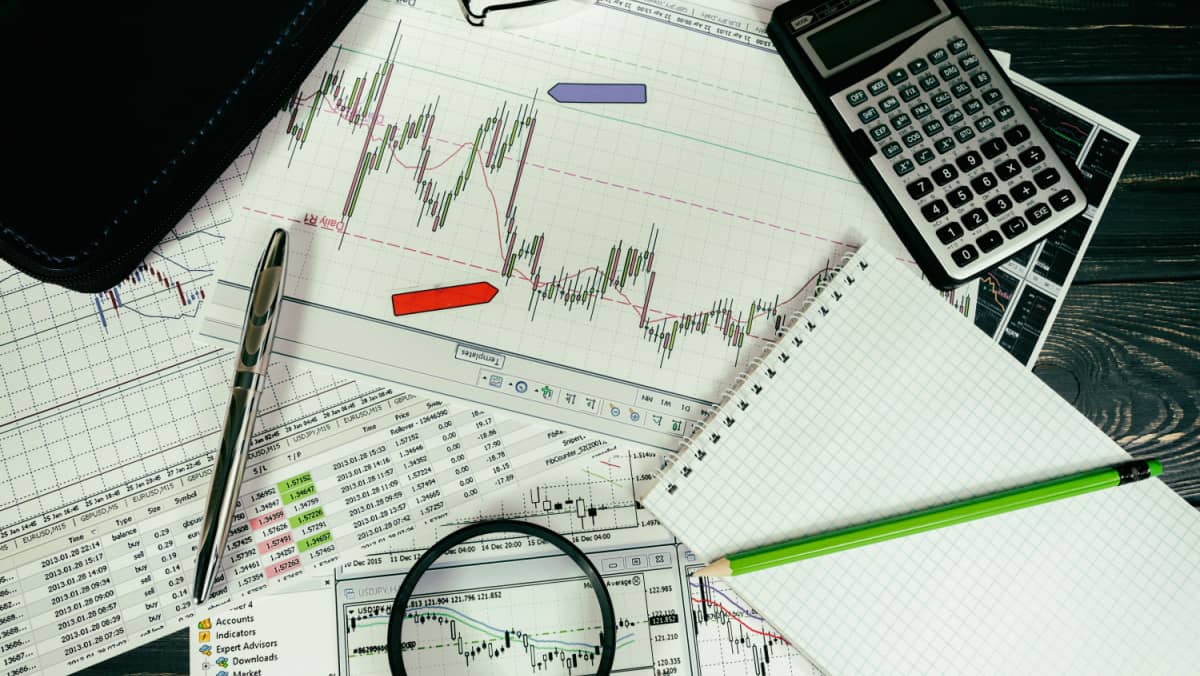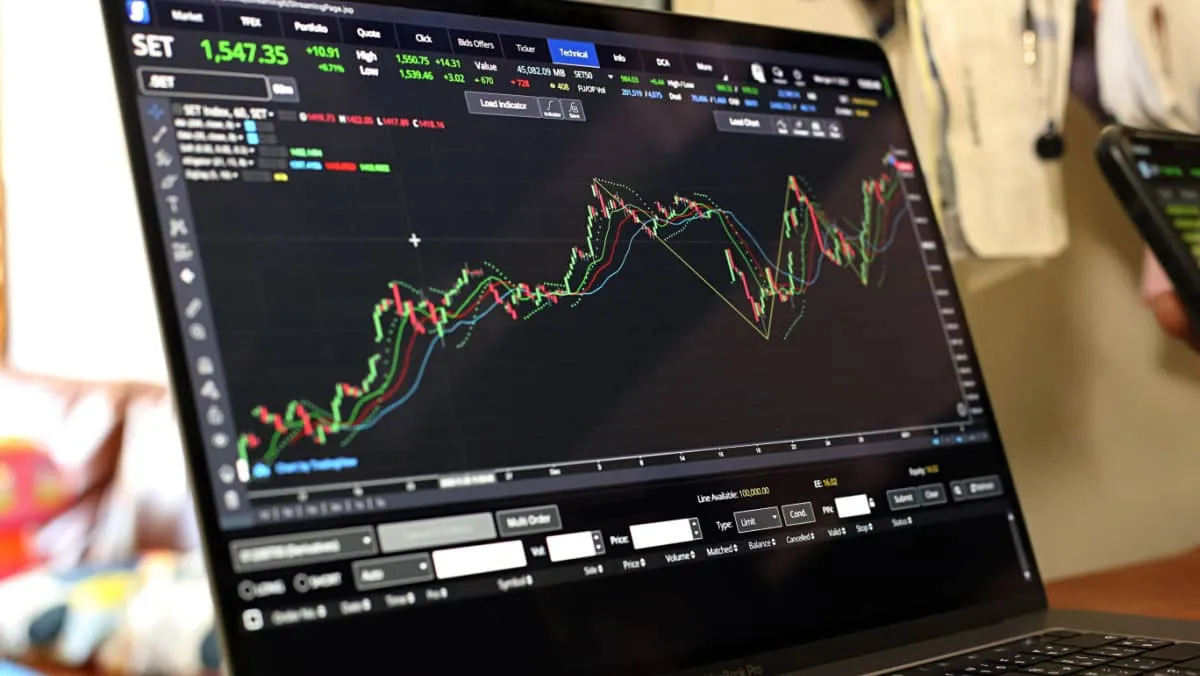Tuesday Dec 19 2023 03:06

9 min

As you start your trading journey, you will come across many tools and indicators to help analyze the markets and identify opportunities. Trading indicators are mathematical calculations based on a stock's price and volume.
They aim to predict future price movements and trends. Some of the most common indicators include moving averages, Bollinger bands, and the relative strength index. These indicators can help determine overbought and oversold levels, spot trend reversals, and see the strength or momentum in a stock.
However, indicators are not meant to be used in isolation. You should consider multiple indicators to confirm signals and trends. With practice, you will find the indicators and combinations that work best for your trading style and objectives. Indicators are a useful tool but never forget that price action is the only truth.

Trading indicators are mathematical calculations based on an asset's price and volume. They are used by traders to analyze the market and identify potential trading opportunities. Indicators can help determine market trends, reversals, price patterns, and the strength or weakness of a trend.
There are two main types of indicators: leading and lagging. Leading indicators signal potential opportunities before the price has changed. Examples include the Relative Strength Index and Stochastic Oscillator.
Lagging indicators signal after the price has changed and are used to confirm trends. Examples include Moving Averages and Bollinger Bands.
Traders often use multiple indicators together in a trading strategy to identify higher probability trading setups.
For example, a trader may use a leading indicator to identify a potential reversal in a stock, and then use a lagging indicator to confirm the reversal before entering a trade. Some other popular indicators include:
By analyzing indicators, chart patterns, and market trends, traders make informed decisions on the best time to buy or sell a stock to maximize profits. However, indicators are not always accurate, so proper money management and risk control are also required to be a successful trader.

To analyze the performance of a stock or identify trading opportunities, traders use technical indicators. These tools examine the price and volume data of a stock to determine trends and predict future price movements. Some of the most common types of indicators include:
Technical indicators are useful tools for analyzing stocks and identifying trading opportunities. By understanding the different types of indicators and how to apply them, traders can make more informed decisions.
To utilize trading indicators successfully, there are a few best practices to keep in mind:
Do not overload your charts with too many indicators, as this can lead to confusion and difficulty in analyzing the data. Stick to 2-3 indicators that provide different types of information, such as trend direction, momentum, and volatility.
Some of the most popular indicators for traders include moving averages, relative strength index (RSI), and Bollinger bands.
Make sure you comprehend what the indicator is showing in terms of market trends or patterns. For example, moving averages display the average price of a stock over a set period and can indicate the overall direction the price is moving.
The RSI measures market momentum and overbought/oversold conditions. Knowing the details of each indicator will allow you to use them effectively.
Do not rely on any single indicator to make trading decisions. Look for signals that are confirmed by 2 or more of your selected indicators. For example, if the moving averages show an upward trend and the RSI is rising above 50 that could indicate a buy signal. But if the RSI is falling, it may show the upward trend is losing momentum.
Indicators should not be used alone. Look at the overall stock chart and trends, read the news headlines, check the fundamentals, and see what analysts are saying.
Combining technical indicators with other research will provide the most comprehensive view of the market and help determine the best times to buy, sell, or hold a position.
The best way to learn how to effectively use trading indicators is through practice and testing. Try applying different indicators to various stocks in your watch list or portfolio and see how they perform.
Track your successes and failures to determine which indicators work best for your trading style and the types of stocks you prefer. With regular practice, you will gain valuable experience using indicators to support your trading decisions.
As you have seen, there are a variety of technical indicators available to help analyze the market and make more informed trading decisions. While no indicator is perfect, using multiple indicators together can help confirm signals and improve your chances of success.
The key is to find indicators that work for your unique trading style and objectives. With practice and experience, you will get better at identifying the right indicators and strategies for different market conditions.
Technical analysis and indicators are tools, not solutions. Your judgment and risk management skills ultimately determine your success as a trader. Stay disciplined in your approach, do your homework, and keep learning.
The exciting world of trading indicators has a lot to offer.
Discover the benefits of trading with market.com.
‘‘When considering "CFDs" for trading and price predictions, remember that trading CFDs involves a significant degree of risk and could result in capital loss. Past performance is not indicative of any future results. This information is provided for informative purposes only and should not be construed to be investment advice.’’